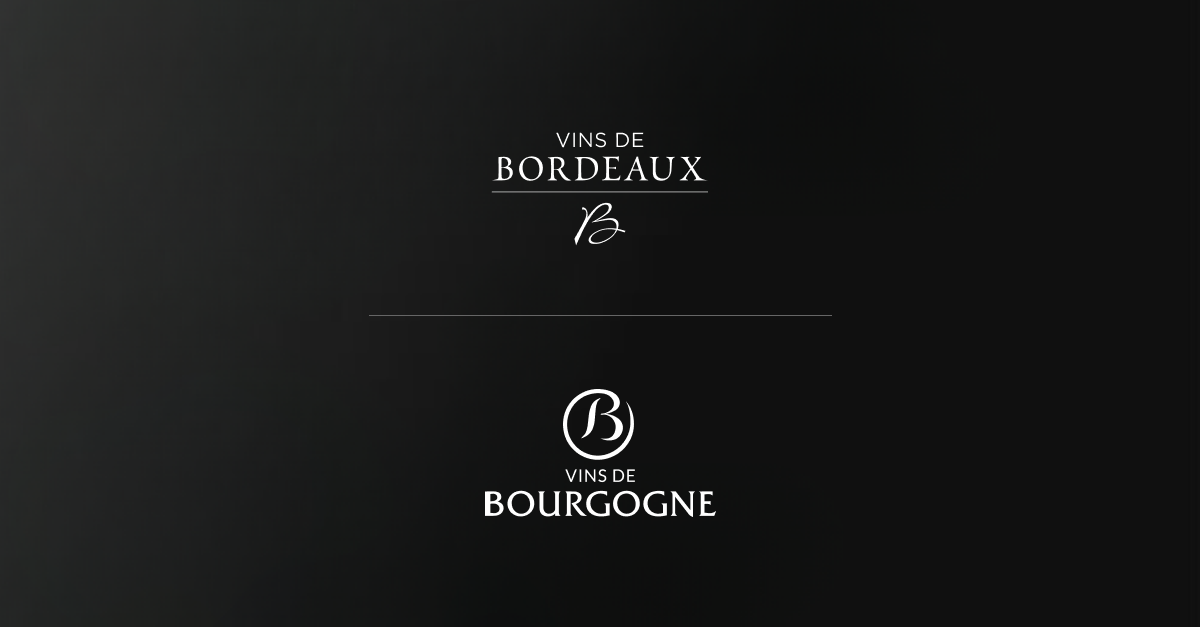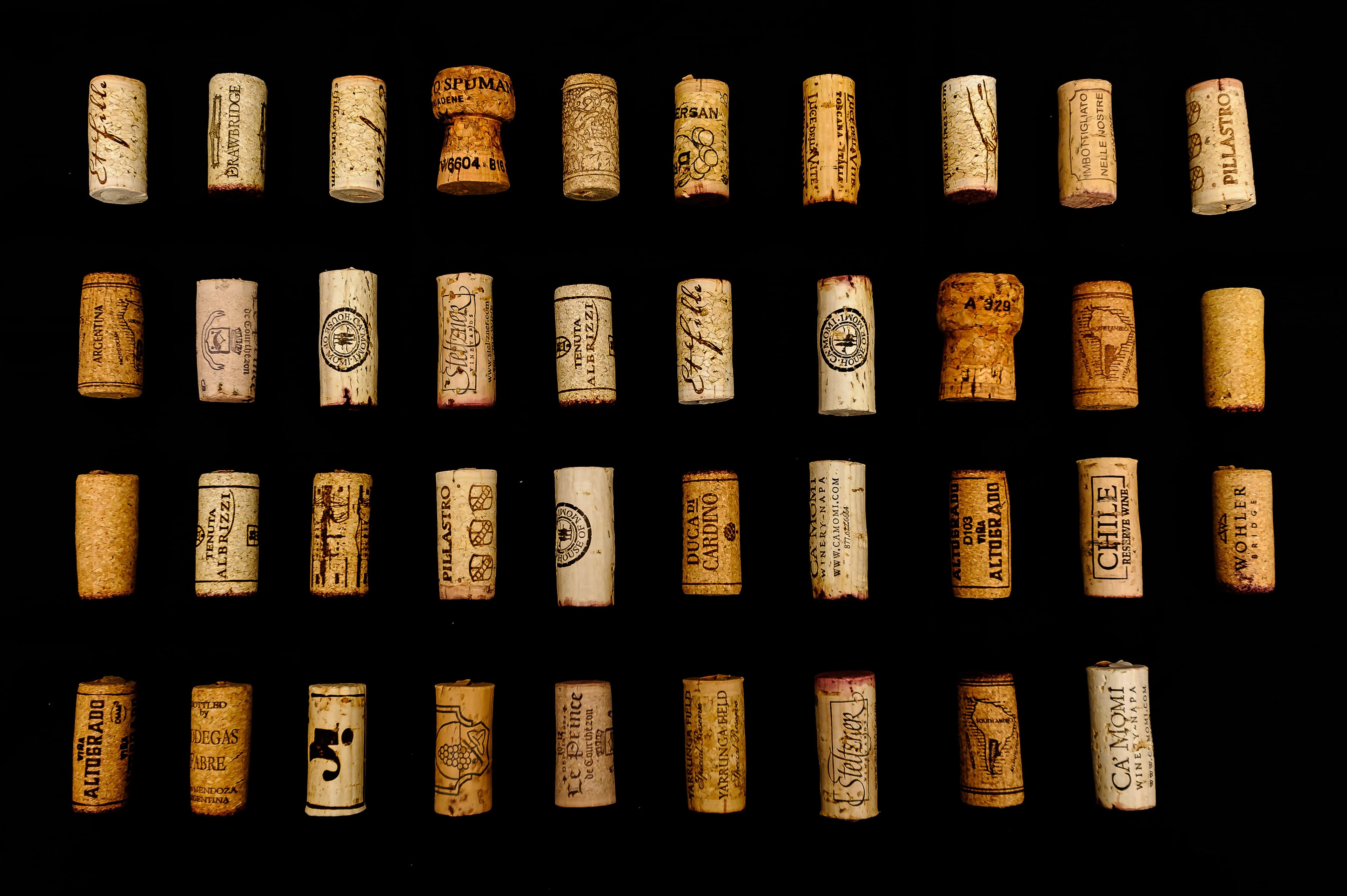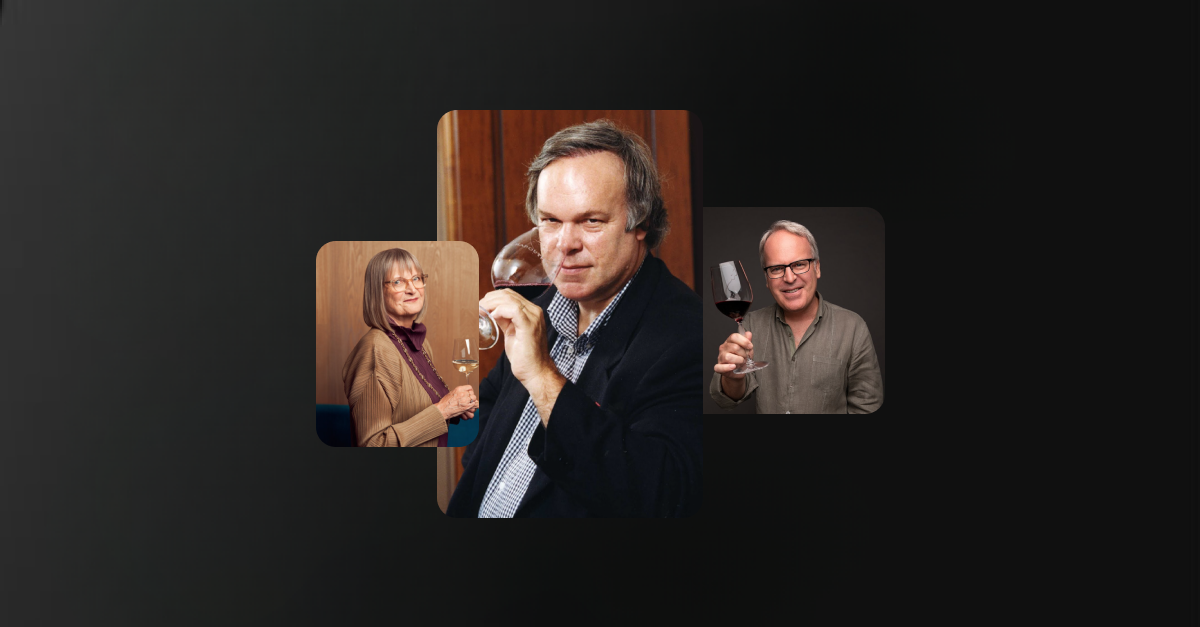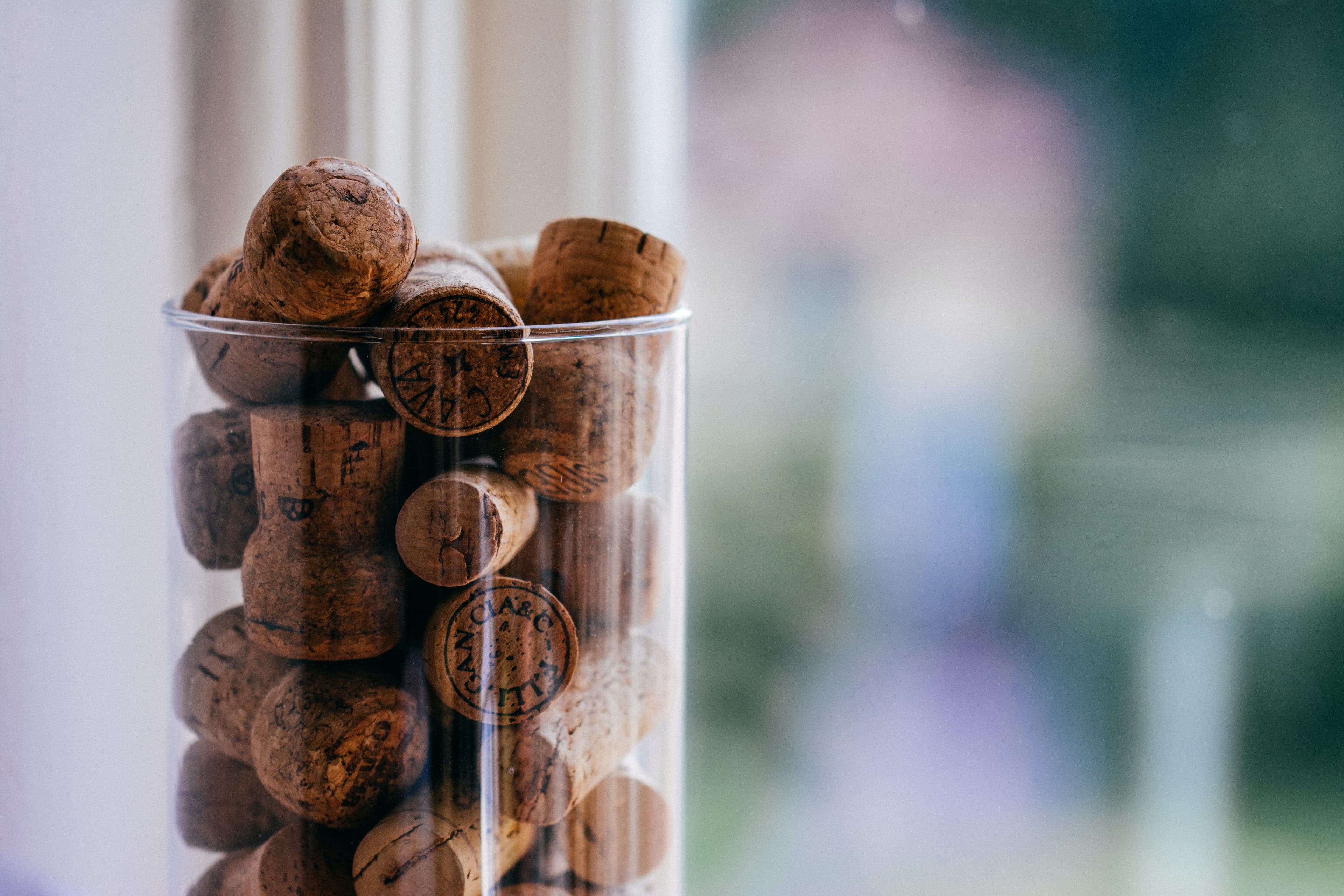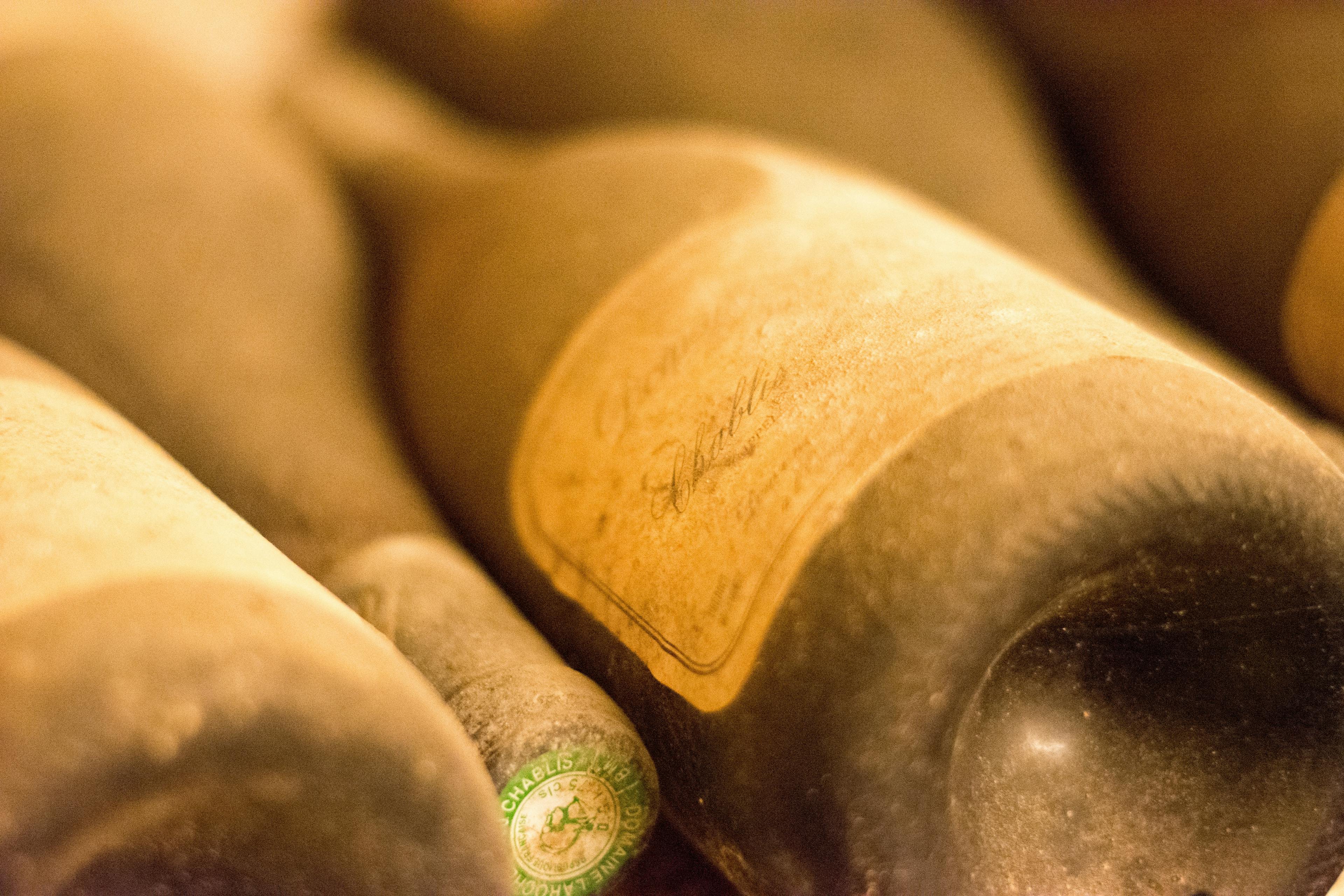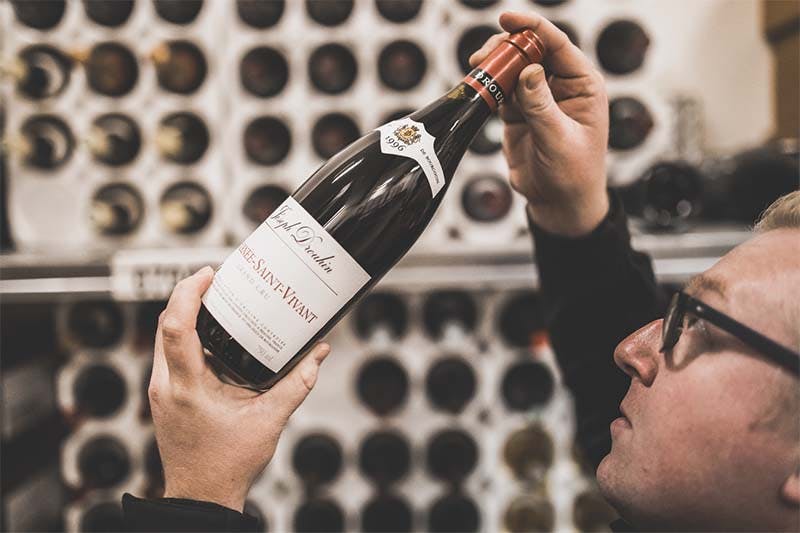
Champagne enthusiasts and history buffs, gather around as we delve into the sparkling world of Bollinger. Known for its rich heritage and exquisite craftsmanship, Bollinger stands as a beacon of quality in the champagne industry. In this article, we will explore five fascinating facts about this prestigious brand that not only highlight its historical significance but also shed light on its unique production methods. From its royal connections to its appearances in popular culture, prepare to be dazzled by the intriguing tales and traditions that surround Bollinger.
Bollinger's Exclusive Use of Pinot Noir
Bollinger, a renowned name in the world of Champagne, stands out for its distinctive use of Pinot Noir in its blends. This grape variety is celebrated for imparting body, complexity, and structure to the Champagne, characteristics that are highly prized by connoisseurs. Unlike many other houses that might rely more heavily on Chardonnay or a mix of varietals, Bollinger emphasizes Pinot Noir, which can comprise up to 60% of its blend in certain popular vintages.
Depth of Flavor: Pinot Noir contributes a depth of flavor that is often described as rich and with more potential for aging. This makes Bollinger's offerings particularly appealing to those looking to develop a cellar.
Aromatic Complexity: The varietal is known for its aromatic complexity, adding layers of red berries, toast, and spices, which enhance the overall sensory experience of the Champagne.
Enhanced Structure: The robust structure provided by Pinot Noir ensures that Bollinger Champagnes can stand up to a variety of food pairings, from seafood to poultry.
Unique Identity: This focus helps in crafting a unique identity for Bollinger, distinguishing it from other producers and aligning with consumers who appreciate a bolder style of Champagne.
The Oldest Vintages in Bollinger's Cellars
Bollinger, a renowned name in the world of Champagne, boasts some of the oldest vintages in its extensive cellars. These ancient bottles provide a unique glimpse into the winemaking traditions and innovations that have shaped the brand over the centuries. Among these treasures, several standout vintages are particularly noteworthy:
1830 Vintage: This is one of the earliest known bottles still in existence at Bollinger. It represents a significant era in winemaking, showcasing techniques and flavors that are vastly different from today's methods.
1928 Vintage: Known for its exceptional quality and resilience, the 1928 vintage has been celebrated in numerous wine circles. It survived through tumultuous times, including economic downturns and wars, to emerge as a symbol of endurance and excellence.
1961 Vintage: This year was marked by a small yield, but the quality produced was extraordinary. The 1961 vintage is often cited as one of the finest examples of Bollinger's commitment to quality over quantity.
Each bottle in Bollinger's cellars tells a part of the history of this illustrious brand, reflecting its enduring legacy and the evolving tastes of its clientele. These vintages not only highlight the historical progression of winemaking but also Bollinger's pivotal role in it.
Bollinger's Appearance in James Bond Films
Bollinger has long been associated with the suave and sophisticated world of James Bond. This iconic champagne first appeared in the 1973 film "Live and Let Die," marking the beginning of a luxurious partnership that spans several decades. Its presence in these films is not just a product placement; it symbolizes refinement and celebration, aligning perfectly with the Bond character's lavish lifestyle.
"Moonraker" (1979): Here, Bond is seen enjoying a bottle after a perilous mission, highlighting his taste for the finer things.
"GoldenEye" (1995): In this film, Bollinger is used to toast to new alliances and commemorate victories, further cementing its role in the Bond series.
"Casino Royale" (2006): A pivotal scene involves Bond winning a high-stakes game, where Bollinger is prominently featured during the celebratory scene.
"Spectre" (2015): The tradition continues with Bond sipping Bollinger in moments of both solace and triumph.
For those inspired to serve Bollinger as elegantly as James Bond, understanding the proper techniques can enhance the experience, ensuring every glass is as memorable as the movies themselves.
The Unique "R.D." Label and Its Significance
The "R.D." label on Bollinger bottles stands for "Recently Disgorged," a term that signifies a unique aging process. This label is not just a marketing gimmick but a testament to the quality and care Bollinger invests in each bottle. Unlike typical champagnes, which are disgorged shortly after secondary fermentation, R.D. bottles remain in contact with the lees for an extended period. This extended lees aging allows the champagne to develop deeper flavors and more complex aromas.
Extended Lees Contact: The longer lees contact ensures that the champagne absorbs more yeasty flavors, contributing to a richer and more robust profile.
Limited Production: Each R.D. batch is limited, making these bottles rare and highly sought after by collectors and connoisseurs.
Enhanced Complexity: The additional aging period enhances the wine's complexity, adding layers of nuttiness and a creamy texture that distinguishes it from other champagnes.
Vintage Specific: Every R.D. bottle is vintage, reflecting the unique characteristics of the specific year's harvest.
For those looking to store their Bollinger R.D., proper storage is crucial to maintain its quality and enhance its aging potential.
The Family-Owned Legacy of Bollinger
Bollinger, a name synonymous with premium Champagne, has maintained its status through a deep commitment to family ownership and exceptional craftsmanship. Since its founding in 1829, the Bollinger house has been led by members of the original family or their close relatives. This continuity ensures that each decision reflects the brand’s long-standing values and expertise.
Preservation of Tradition: Each generation has upheld the meticulous methods that define Bollinger’s unique character. From using oak barrels for fermentation to hand-riddling the bottles, traditional techniques are cherished.
Innovation Integration: While they preserve age-old methods, the Bollinger family also embraces innovation to enhance quality. This includes adopting advanced viticulture practices and incorporating modern technology in their production processes.
Quality Control: Direct family oversight allows for stringent quality control, ensuring that every bottle meets the house’s high standards. This meticulous attention to detail is a hallmark of their success.
Sustainable Practices: The commitment to sustainability is evident in Bollinger’s operations, with initiatives aimed at reducing environmental impact and promoting biodiversity in their vineyards.
Through these practices, Bollinger not only honors its heritage but also secures its future, making each bottle a testament to enduring quality and dedication.
Conclusion
In conclusion, the rich history and unique production methods of Bollinger not only highlight its prestige but also underscore the importance of choosing the right storage and trading options for such exquisite wines. At Rekolt, we understand that the value of a fine wine like Bollinger can significantly increase over time, provided it is stored under optimal conditions. This is why we offer a specialized delivery option that includes professional cellar storage, ensuring that your investment is protected against environmental factors that could affect the wine's quality and, consequently, its resale value.
Moreover, our platform facilitates not just the preservation but also the trading of fine wines, allowing connoisseurs and investors alike to buy and sell with ease. This service is particularly beneficial for wines from esteemed houses like Bollinger, where the provenance and storage history significantly influence market value. By choosing Rekolt, you ensure that your fine wines are not only stored correctly but are also positioned well in the market for future trades, making the most out of your investment. Whether you're a seasoned collector or a new enthusiast, understanding and leveraging the right storage and trading mechanisms are key to maximizing the enjoyment and financial return of your wine portfolio.
Share this article
